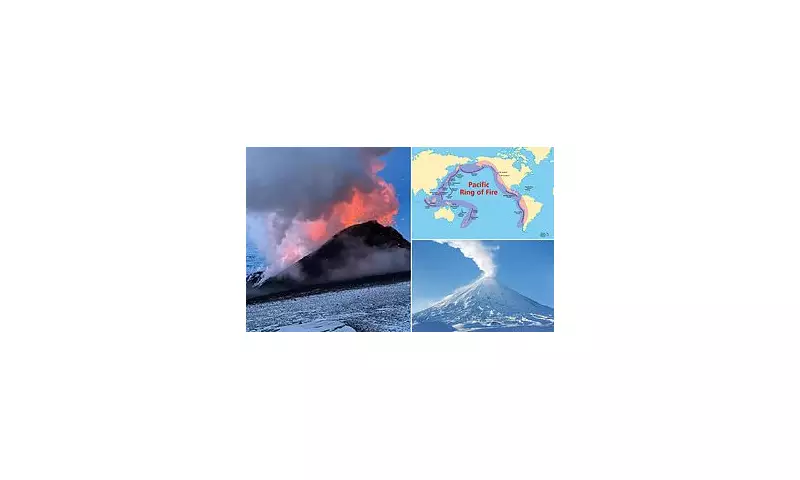
Scientists have made a groundbreaking discovery about the infamous 'Ring of Fire,' the horseshoe-shaped belt of volcanoes encircling the Pacific Ocean. A new study reveals the hidden mechanisms behind the region's explosive eruptions, offering fresh insights into one of Earth's most volatile areas.
The Fiery Mystery Unraveled
Researchers have long been puzzled by the extreme explosiveness of volcanoes in the Ring of Fire compared to those elsewhere. The latest findings suggest that the unique composition of magma in these volcanoes plays a crucial role in their violent eruptions.
Key Findings:
- The magma beneath Ring of Fire volcanoes contains more water and volatile gases
- This volatile-rich magma leads to more explosive eruptions when it reaches the surface
- The process is accelerated by the rapid subduction of tectonic plates in the region
Why This Matters
Understanding these mechanisms could significantly improve eruption forecasting and disaster preparedness for the millions of people living near these dangerous volcanoes. The research also provides valuable insights into Earth's geological processes and the formation of our planet's surface.
Scientific Implications
The study challenges previous assumptions about volcanic behavior and opens new avenues for research in volcanology. Scientists can now develop more accurate models to predict eruptions and assess risks to nearby populations.
This breakthrough comes at a crucial time, as volcanic activity in the Pacific region has been increasing in recent years, with several notable eruptions causing widespread disruption.





